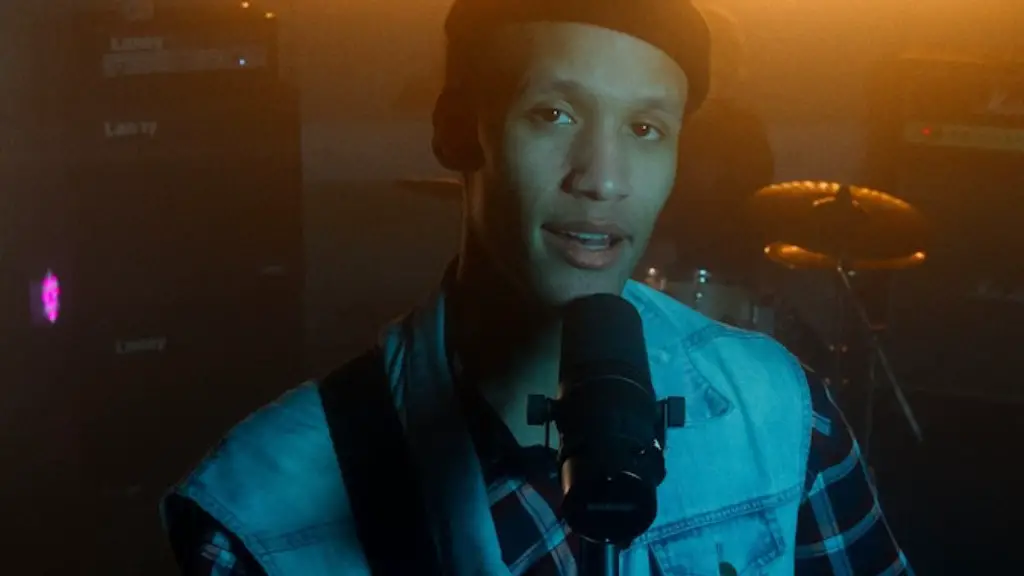If you love Legos, you know how exciting it is to build your own creation out of just a handful of blocks. But what if you could take that same creative process and actually draw pictures that look just like Legos? Would you be up for the challenge? Drawing Legos can be a daunting task at first, but with some practice and hard work, you can create amazingly realistic Lego images that you can be proud of!
First, let’s start with the basics. To begin drawing Legos, you’ll need a few essential tools. You’ll need some paper, a pencil, and a ruler. You can add in some colored pencils to make your creation pop even more, but those aren’t necessary. Once you have your materials ready, you can begin.
Begin by drawing a few basic blocks on your paper. Pay attention to the size and shape of the bricks, and get creative. Draw the blocks in a variety of sizes, lengths, and colors. Then, use your ruler to draw light lines connecting the edges of the blocks. You’ll need these lines to help you add the details that will give your Legos a 3-D look.
Now, it’s time to add those all-important details. Draw tiny lines on the edges and corners of your blocks. These lines will help to create subtle shadows and highlights, making your drawings look more realistic. Use thicker lines for thick pieces and thinner lines for thinner pieces. The goal is to make each block look as realistic as possible.
Next, add texture and details to your blocks. Add tiny pegs and knobs by carefully drawing dots or circles. Then, draw a few lines of varying widths to give the blocks a textured appearance. This step really adds an extra layer of realism to your Legos and it’s fun, too!
As a final step, you can add color. Colored pencils work best for this, but you can also use markers or paint. Make sure you stay within the lines and don’t add too much color. Oftentimes, just a few strokes of color here and there are all you need to give your Legos some extra pizzazz.
Now you know the basics of how to draw Legos. The key is to practice and have fun! As you become more comfortable with the process, start experimenting with different sizes and shapes of blocks, textures, and colors. Before you know it, you’ll be creating incredible 3D creations that look just like the real thing.
Once you have the basics down, you can expand your skills further by creating intricate designs. Start by sketching out a basic plan of how you want your Legos to look on paper. Then, using the same techniques we discussed, carefully draw out the blocks in the desired pattern. Pay attention to the size and placement of each block, and make sure your lines are crisp and precise.
You can also use this same technique to create your own characters, vehicles, and models. Start by sketching a basic plan, and then transfer it to paper. Then, carefully draw out each block and add the details we discussed. Once you’ve drawn all the pieces, use your colored pencils to shade and color your creation.
Shading and highlights also play an important role in making your Legos look realistic. Spend some time learning how to shade, and be sure to practice as often as you can. If you can master the art of shading, you can create truly beautiful 3D models of your favorite characters, vehicles, and structures.
Now that you know how to draw Legos, you have all the tools you need to create incredible 3D artwork. So gather your supplies, get creative, and have fun! With practice, persistence, and a lot of imagination, you can create Legos that look just like the real thing. Go ahead and get started today, and enjoy watching your art come to life!
